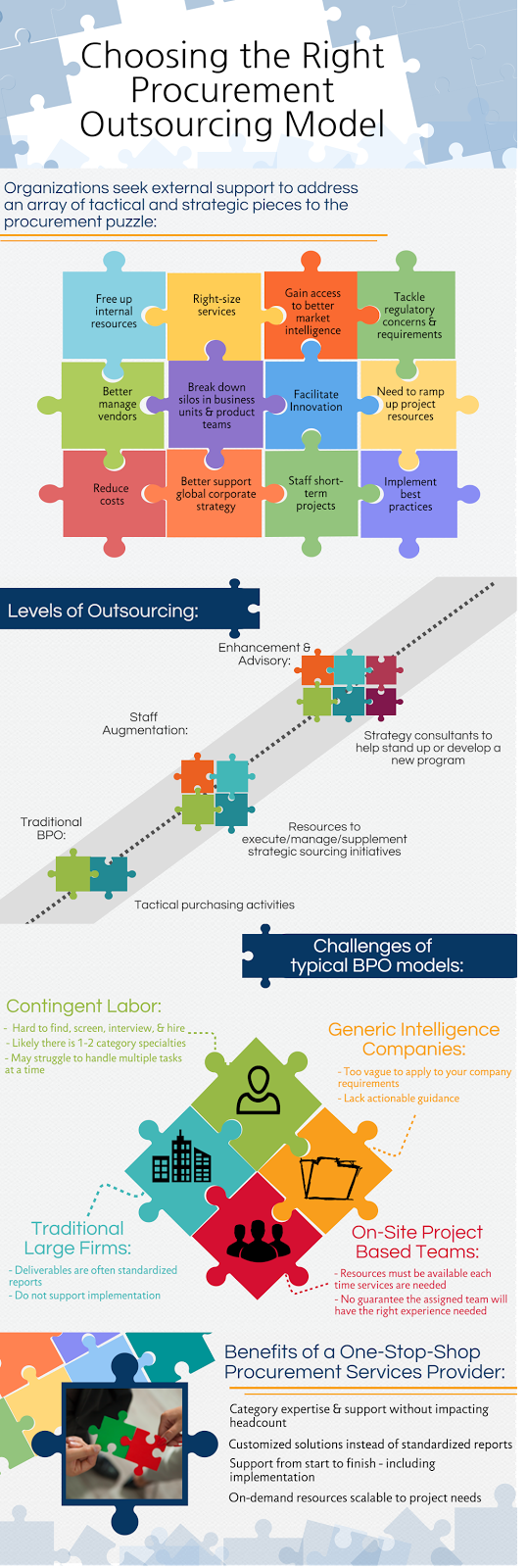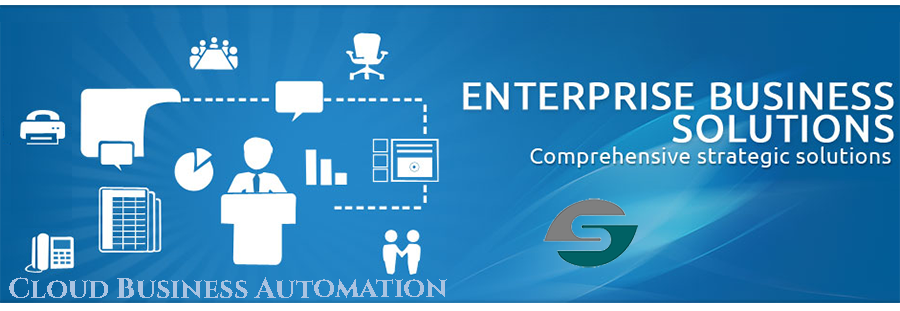 EMPLOYER || CANDIDATE
EMPLOYER || CANDIDATE
HR Planning
Employer
 Developing an Outsourcing Strategy
Developing an Outsourcing Strategy
How do you execute an outsourcing strategy that achieves results?
Outsourcing practices are changing. There’s more flexibility and the option to outsource smaller, more selective arrangements that are tailored to your business goals and needs.
But if an outsourcing strategy is not executed effectively and an outsourcing relationship doesn’t perform well, what’s the point?
The secret is developing an outsourcing business plan that drives the outsourcing strategy and achieves your desired outcome. Here are 4 critical steps to developing an outsourcing plan that will ensure outsourcing benefits your business:
Step 1: Define your objectives.
First identify exactly what you want to achieve. This is what we call the ‘setting objectives stage’, where clear long-term and short-term objectives are established based on your reasons for outsourcing. These might include:
-
Reducing costs
During this process, we identify clear ‘boundary conditions, which might include things like:
-
Outsourcing strategy and planning functions
-
What can and cannot be offshored
-
Employee rights such as not having benefits impacted when transitioning to a service provider
-
Not having one single provider for all process outsourcing
Step 2: Develop clear requirements.
It’s essential to have a clear understanding of your goals and requirements and whether a particular service is within scope. To identify requirements that can be translated into contractual terms, we hold a series of meetings with both your business leaders and the actual customers of the processes being considered for outsourcing.
Our goal is to define the processes in detail and to develop realistic expectations for results. It’s important all the relevant employees and stakeholders are included in these discussions to make sure any decisions made are in the best interests of your business.
Step 3: Understand current costs and performance levels.
If we don’t have accurate current costs for processes (such as labor, supplies, equipment), it’s impossible to measure the success of outsourcing that process.
So a ‘baseline’ of current costs and performance levels needs to be drawn up as well as a gap analysis to show how each service compares against best-in-class performance levels. This baseline serves as a reference point moving forwards and ensures any changes in the future can be tracked.
Throughout this process, it’s a common mistake for costs associated with things like employee occupancy, benefits and training to be missed, so it’s vital all overheads are allocated to the activity they support.
In some cases, it’s not possible to establish a baseline cost before outsourcing begins because the financial data isn’t available (or it isn’t in a usable format). In this type of situation, we create the baseline during implementation phase and use this to help measure the outcome of an outsourcing contract.
Step 4: Define critical success factors.
For an outsourcing contract to be beneficial to your business, you need well-defined, measurable service levels, which are aligned to your business objectives. And defining the results you want to achieve in clear, complete and measurable terms is key to managing outsourced processes successfully.
At Silicon Staffing Agency, we use service level agreements to define your process measures and balanced scorecards as a way of measuring how much value is being delivered through an outsourcing relationship. These scorecards describe what your business is trying to achieve and how results will be tracked and reported.
We measure performance by clearly defined categories such as:
-
Quality
-
Customer satisfaction
-
Timeliness
-
Financial performance
-
Speed
-
Flexibility and innovation
These categories are allocated one or more attributes, which are unique to the process and to the customer’s business objectives. Each attribute is then given a metric by which it can be measured and a set of tools for collecting the data. Lastly, the results of the metric for each attribute (and collectively for each category) must be rated against the desired outcomes. What’s the score and does it meet, fail to meet or exceed the desired outcome?
Virtual Staff Efficiency Report
Virtual Assistant vs Full Time Admin
Its in the numbers. Pure and simply.
No magic tricks.
No magic potions.
Yes of course transitioning from a traditional business model to a virtual model will take some effort and work.
The reduction to business overhead which is significantly reduced in the 2 areas where most business report the most expenses, Payroll and Real Estate, is too substantial to overlook.
The business model is no longer a Silicon Valley experiment, its a proven profitable business model assembled successfully in every industry.
$15 || Hourly Rate || $15
$5.25 || Employee Benefits || $0
$3.75 || Employee taxes || $0
$9 || Office Space/Materials/Equip || $0
$33 || Cost Per Hour || $15
$84,640 || Salary || $31,200
Why Does Virtual Staff Lower Business Overhead?
 Save Money
Save Money
Consider Benefits, Insurance, Taxes, Real Estate
 Save Time
Save Time
Be more Productive and Efficient, take advantage of 24/7 WorkForce
 Top Tier Talent
Top Tier Talent
Dont be Limited to Local Talent and Local Cost of that Talent

Reduce HR Risk & Cost
Every single Hire that your HR makes poses a risk to your business and brand reputation
 Focused Strategy
Focused Strategy
Use Talent When and Where You Need, Plug in and Plug out the employees that perform best at each task.
 Virtual Project Management
Virtual Project Management
Plan, assign, communicate, execute, test and employ.
Technology Advances![]()
Use Technology to enhance your business from top to bottom

Minimize Company Wide Risk & Liability
From loses to bad hires to litigation, eliminate the possibility.






















